Owls may be beneficial for our home or garden in a few aspects. For example, they eat rodents, mice, and other small reptiles and keep their population growth in check. But too many owls, and too often in the backyard, are bad. They can hunt down other small birds pretty easily.
Owls are nocturnal birds and can make a lot of harm to small birds and livestock animals. It is important to keep them away at night, making sure they don’t hunt in the absence of human beings. Don’t know how to get rid of owls? In this guide, we’ll explain to you how to get rid of an owl through strobe lights, creating high pitch sounds and other proven methods.
1. Stop attracting songbirds
If you want to get rid of owls, starve them. Small defenseless birds are their favorite meal (1). Don’t crowd these birds in your gardening area. If you have bird’s feeders installed on the tree to attack songbirds, remove them immediately.
This way, you deprive owls of their easy-to-find prey, and they will not come back. By removing feeder, the habitat of small songbirds will be disrupted, thus allowing no excess of prey for these owls.

Still, if you want to keep a songbird around, there are other ways to explore. To avoid bird-to-bird conflicts, try specialized ultra-sonic bird repellent. You can generate specific frequencies to target certain birds without harming other animals.
The sound waves can’t be detected by human ears. These devices are effective if kept on for an extended period. Try to discuss your case of getting rid of owls with device providers to get better advice.
2. Create high noises and sounds
Owls typically avoid any sort of contact with a human being. If you find out that an owl is lurking somewhere around your property, make noises. Yelling, shouting, and clapping is what owls are afraid of.
Increasing human activities in the presence of owls can make them go away. You can make your homemade noise-making setups near your chicken coop and porches. Try out aluminum tin cans tied up together with one loose end.
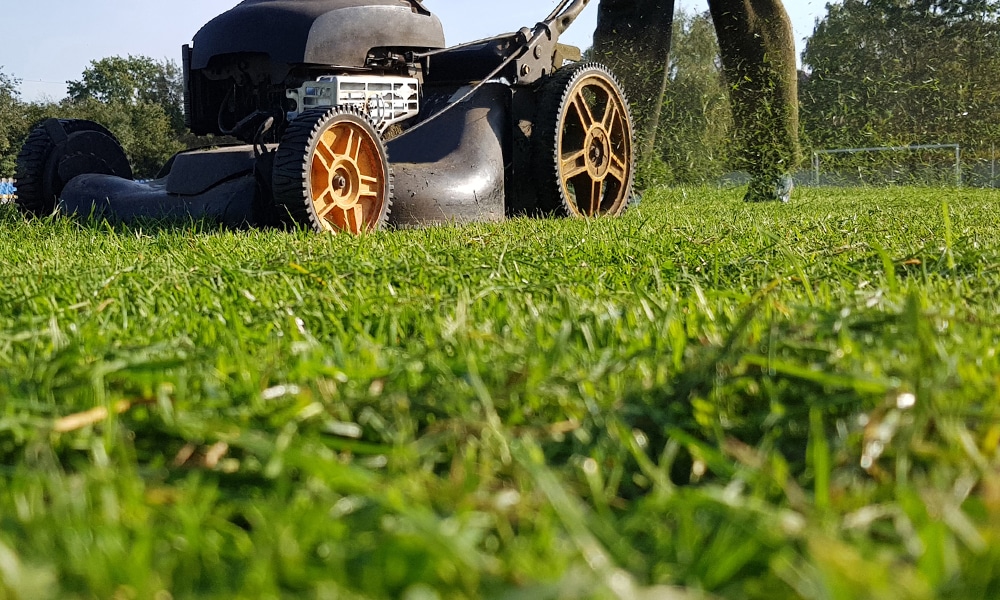
If you sense owls around, just pull the string from one end, and cans will collide, producing annoying sound. In the same way, you can produce a wooden clapper too. While talking about sound waves, you can try out advance ultra-sonic bird repellents.
Cleanrth TSBR620 is one of the best ultrasonic devices out there. This powerful device can scan an area of 12,000 sq. Ft. and can detect any owl from 115 feet away. You can switch between three modes of operation, always off, always on, and detection mode.
3. Use strobe lights to scare owls away
Owls like to hunt in pitch-dark. So if you manage to seize this advantage from them, there is a chance they will not come again. You can do it by enlightening the surrounding.
Owls hate strobes lights in specific. You can find these devices in a pet shop near you, or you can order them online. American DJ strobe light is one of the effective strobe lights to scare owls.

After arranging the owl deterrent strobe lights, install it as per instruction near the guarded area. Always avoid the rays of light to be faced by caged birds. It can disturb the sleep cycle of these creatures.
The remote control device can produce many colors at the same time, making it difficult for owls to face. You can use the remote control to operate the strobe light whenever you want. There is a sound control option too.
4. Get a Rooster
Nomads use a shepherd dog to protect his flock from wolves and other predators. You can do the same when it comes to protecting your hens and birds from predators such as owls and hawks. Instead of a dog, you need a rooster.
Rooster is the true guardians of hens and will fight to the death with the predator to protect them. You can keep a rooster too, but in some countries, you need a permit to bring them home. Make sure you comply with the local laws and regulations.
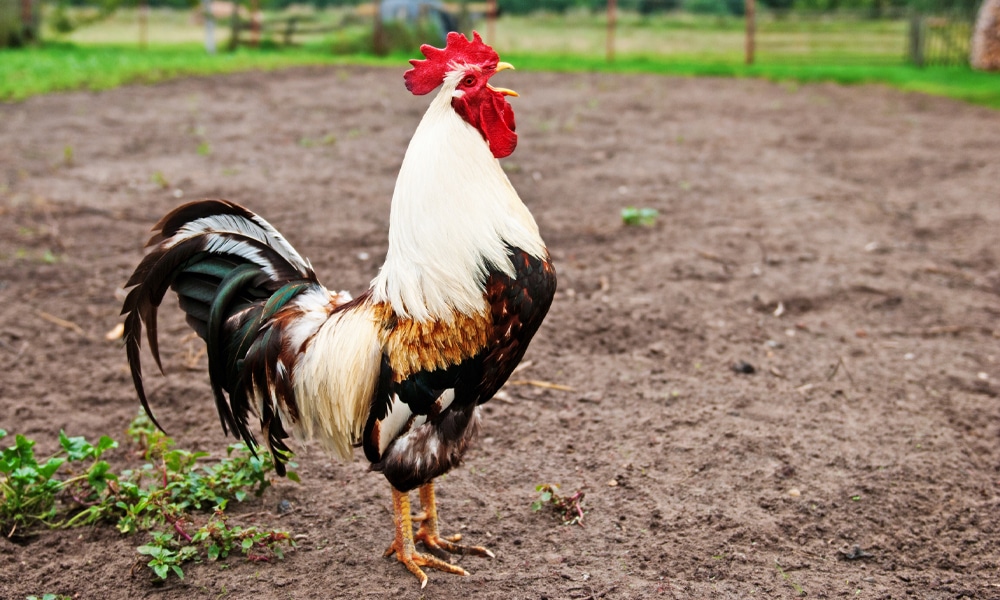
Livestock expert says that 1 rooster is enough per 8-10 hens (2). Rooster will constantly be on alert, and when owls show up, it will sound the alarms. It will scan the sky for any possible owls attack. But there are few cons with keeping roosters.
When they become aggressive, they will exhaust the hens. It often attacks kids in the home. Roosters can be noisy sometimes, so make sure your neighbors are not disturbed.
5. Remove nesting options
Another long-term option to get rid of owls is to remove its breeding ground from nearby your property. If owls can’t find any suitable nesting place for their mating, they will go someplace. Always look out for holes in tree trunks and roof-top.
If there are already a few nests nearby, don’t approach it on your own. Owls can be quite aggressive when protecting its offspring. There are recorded incidents of owl’s attacks on humans when they try to encroach the vicinity of the nest.

In case of any nearby nests, call wildlife professionals. They will give you the guideline on how to remove the nest safely. If you suspect that your neighbors have holes on their roof, inform the authorities, and they will make sure your neighbors cooperate.
In the best-case scenario, those professionals can relocate those owls to someplace else. Also, cover your smoke chimney with any transparent sheet.
6. Remove roosting options
Don’t know how to keep owls away from the property? Owls spend all day sitting on the perches. They can spy on their prey from any high point and will attack as the darkness spreads.
Owls in trees are dangerous for small birds on your property. Remove all perching sites you can find in and around 100 meters of your farm and make sure they are cut down. If your neighbors have trees, talk to them about your situation.

Avoid unnecessary growth of bushes in your yard. These thick shrubs can provide a hiding place for rats and mice. Owls can feed on these rodents; this means they are going to stay around (3). Don’t let the grass grow too much.
It can cause the same problem of attracting small animals in search of hideouts. This way, owls will have no resting places to launch any attacks after nightfall. Look for dead tree trucks and remove it as soon as possible from nearby.
7. Place roosting spikes on perching areas
Removing trees and preventing the perching area can be difficult sometimes. Instead, you can plant anti-roosting bird’s spikes. It is another long-term solution for owl removal. You can find these spikes on the home-improvement store and even online.
It is easy to install and lasts longer. You can place on the treetop, windows and also in porches. These spikes, once installed, don’t require maintenance. It shrinks the landing ground for owls to perch. You can cover a large area with it.

The high-quality stainless steel spike can deter any bird regardless of its size. These spikes are flexible and will set both on a smooth and uneven surface. They don’t harm birds, instead of preventing them from any sitting site. In rare cases, small birds can form nests inside these spikes.
Using the Bird X spikes owl trap, you can make a physical barrier to keep owls off. These are easy to install spikes. You can use spike adhesive, screws, nails, or ties to place them on your front porch and front door.
8. Install mirrors to mimic the wildlife
Try to recall the old school days. We would never let the crow sit on the wall of our home. And if we get rid of one, then we would start looking for the next one. That’s the same with the owls.
When an owl sees that there is another owl in the arena, it will never come back. All you have to do is to install a round mirror with a reflection of another owl.

Sometimes it is called hawk globe. The owl sees his reflection in it and considers it another owl. This way, it thinks that there is competition and starts looking for someplace else.
Globe mirrors can be found online and in a home-improvement shop near you. You have to install this globe on the path of owls landing. Make sure it is installed in a proper place to cover all sides of the farm.
9. Use a hawk or other predator decoy
Just like hawk globe, you can also place the decoy of a hawk or even owl again. Decoys are used by human beings for thousands of years.
To protect crops or seeds from birds, a decoy is placed in the middle of the field. According to research, red hawk decoy is more effective than other birds. Hawk is feared by many bird species.
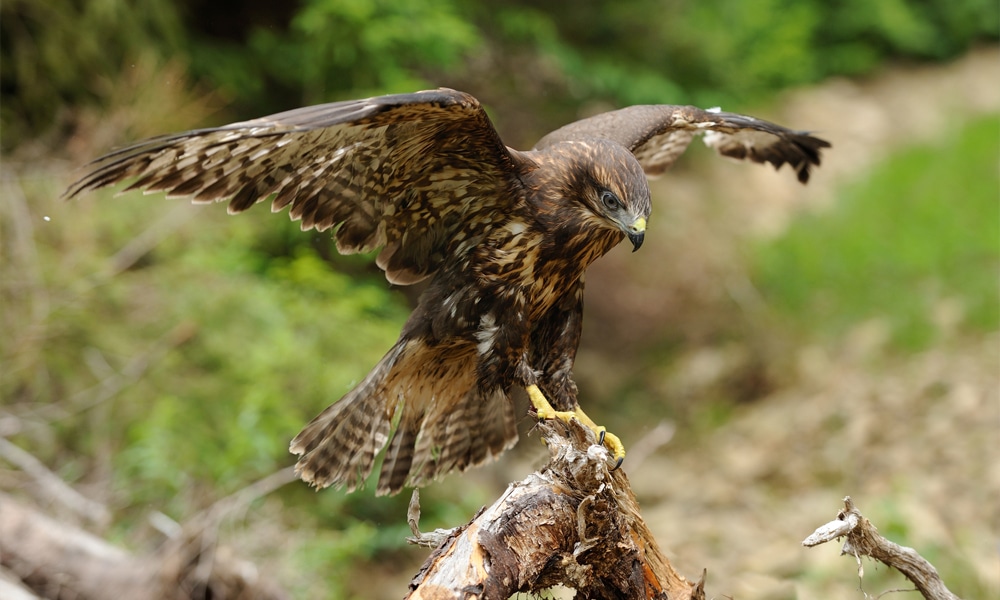
Modern hawk decoys are made to move their head just like a real predator. Eventually, birds find out about decoys after a few days, especially the pigeons.
To cope with it, you have to move it around a few times a week. Metallic decoy models are more realistic than the plastic one.
10. Cover your livestock with net
Birds can also mess up with the garden and other plantations in the property. To protect birds from owls and other predator attacks, cover it with nylon netting. Poultry wire mesh is also the best option.
Nylon netting is effective as well as inexpensive when you use it to cover your livestock. It is going to last more than nylon and easy to hang.
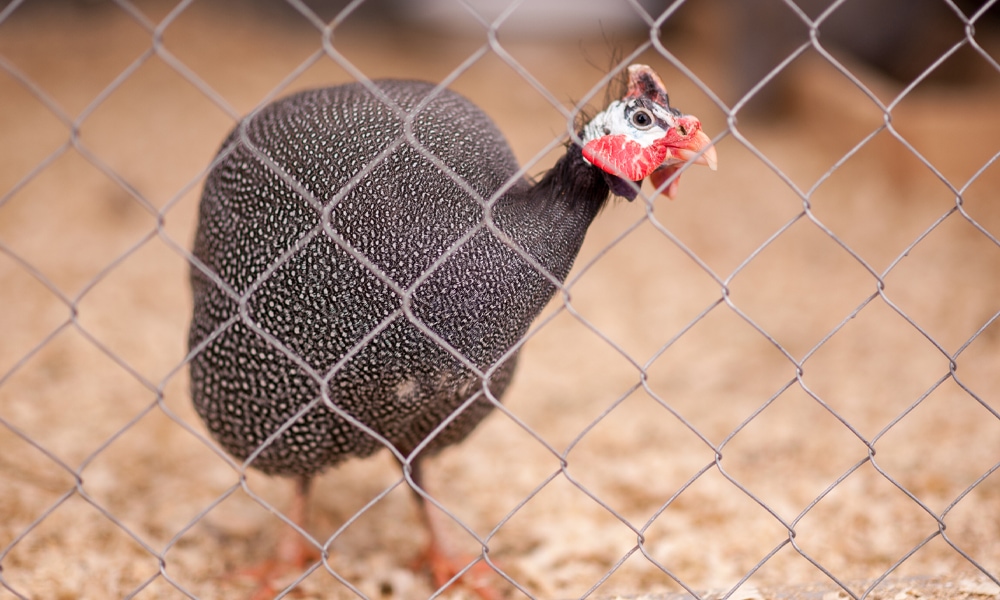
You can easily find it on a nearby hardware or supply store. When owls find your birds and property covered, they will search for food somewhere else. There are many other benefits of covering your livestock.
Physicians always recommend limited interaction with livestock. This way, you can minimize your exposure to any disease. At the same time, you can save plantations and crops as well.
11. Add a scarecrow
Scarecrows in the crops are in use for thousands of years. You can do it in your yard, garden, or birds net too. The result is the same. You can make your DIY scarecrow from scratch.
Few moves are also available in the market. If your scarecrow is static, you will have to move it around every 2-3 times a week.

Modern electric scarecrows can throw water splash toward intruding owls. Owls are not that smart to find out if it is a real human being or not.
They will find other places to look for food. The best position to place a scarecrow is the one where birds can see it from all directions.
12. Use night lights
Owls hunt in the night time and the possibility of an attack on birds is high at night. If there is enough light around the property, owls are not going to appear. If birds and livestock are in the enclosure, then light should lit around the enclosure.

Making light insides the net is not a good practice. It can disturb their sleep pattern and overall growth. Motion-activated light is also a good idea. An instant flash of light will scare an owl even more than constant lightning.

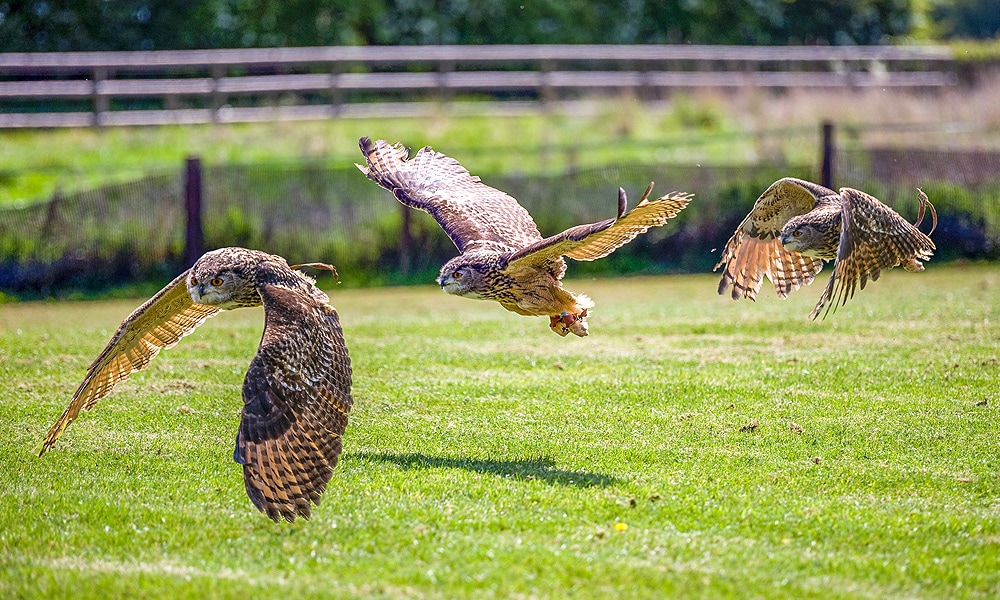
Not to much a neighbor can do if you shine laser lights into the tree and that will run them off for sure. This is a quality of life or health issue with you not getting sleep so I would understand you trying to run them off. The no egg or should also understand but people can be wired.
We have rescued cats and taken them to a friend who lives out in the wilderness. 6 of the cats have recently disappeared and the woman there believes the giant owls she sees are taking them. I’m enjoying all of the reading here and we will certainly try to implicate some of the suggestions. I personally am not ruling out a coyote though.
Probably. We had a rescue cat that weighed around 9lbs. An owl picked him up, but then dropped him. We took him to vet and patched him up. The second time the owl got him, we weren’t as lucky. The talons punctured the side of his head and he developed a blood infection. We eventually had to put him down due to the infection reaching the brain. It broke our hearts . I called the DNR and was told that in Georgia, it was illegal to shoot a bird of prey 🤬🤬. Now fast forward 5 years . Last night my 10 lb Shih Tzu was outside and we heard an owl VERY CLOSE, just beyond the property line. I’m sure it is a different owl, but I’m so afraid that history will repeat itself .
Hi, my neighbors have owls that have nested in this big pine tree now for 3 years and have had offspring this past year. The constant owl noise and occasional screeching goes on all night long. The tree is on their property and they are not being accomodating to this situation. I hear owls are protected and the city will not be able to do anything about this. The sound machines are not enough because my window is below their tree. I have used light to shine and sometimes the main male owl will fly away but they keep coming back and the light does not always work. What can I do. I live in southern California??
Thank you,
Kind regards,
I don’t know! But when you do find out could you please let me know? I am sick & tired of obnoxious howling allnight long!! OMFG!!
They mate in the winter. Mostly all other times they are fairly quiet.
Personally, I find their hooting very soothing.
I could care less if they are. Owl humping or hooting. My concern is my dog. For some reason they seem to want to eat all year round.